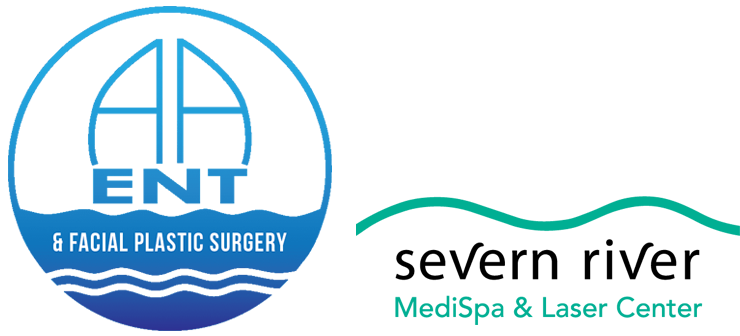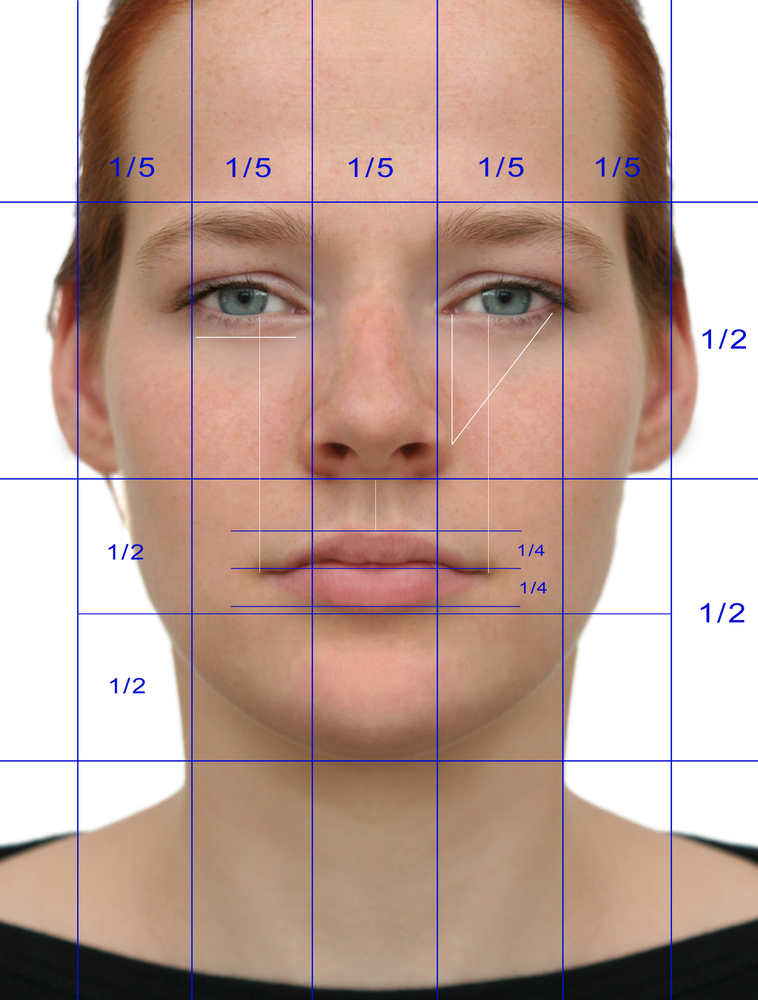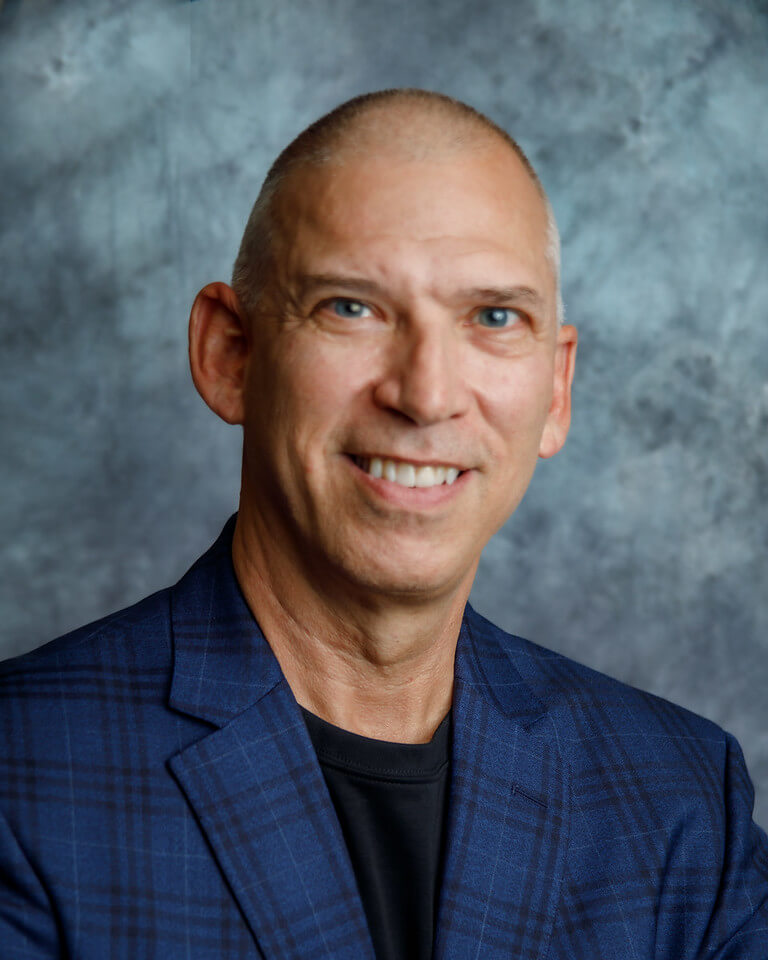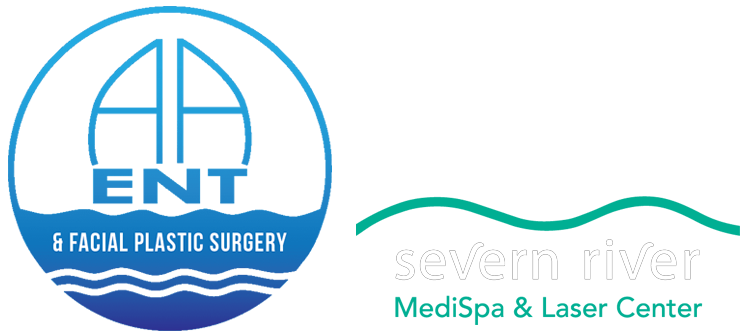Nasal congestion occurs when something irritates the tissues inside the nose. The irritation sets off a chain reaction of inflammation, swelling, and mucus production, making it difficult to breathe air through your nose. A stuffy nose usually clears up after a few days, but a stuffy nose that lasts a week or more could be a sign of an infection. If left untreated, nasal congestion can lead to sinusitis, nasal polyps, or middle ear infections. To learn the 5 top causes of nasal congestion and treatment options available, continue reading.
Nasal Allergic Diseases
Airborne allergens such as pollen, dander, and mold can affect your nose and eyes. If you have allergies, you may experience itchy eyes, watery eyes, nasal congestion, and increased sneezing. Knowing what is causing an allergic reaction will help in developing appropriate treatment and specific medications.
Infections
Nasal infections are a common cause of nasal congestion. Viral infections cause swelling of the nasal lining, congestion, and increased nasal discharge. When you have an upper respiratory infection (the common cold), you can treat it with home remedies, including a humidifier, a saline spray, drinking fluids, and getting enough rest. You may suspect your infection is bacterial if the infection persists for more than a week, if you have a high fever, or if your facial pain and discharge get worse. The type of treatment you receive depends on whether you have a viral or bacterial infection. For example, bacterial infections require antibiotics, but viral infections do not.
Sinusitis
When the lining of the sinuses becomes inflamed, it can block the flow of mucus and cause congestion. While sinusitis can be acute and resolved within days or weeks, more than 28 million adults in the United States have chronic sinusitis, which describes symptoms that persist for 12 weeks or more.
Nasal Polyps
Nasal polyps are soft, painless benign growths that grow on the lining of the nasal passages or sinuses. They are caused by chronic inflammation and are associated with asthma, recurrent infections, allergies, drug sensitivities, or certain immune disorders. However, minor nasal polyps may not cause any symptoms. Larger growths or clusters of nasal polyps can block the nasal passages or cause difficulty breathing, loss of smell, and frequent infections. Nasal polyps can affect anyone but are more common in adults. Medications can usually shrink or eliminate nasal polyps, but surgical removal is sometimes required.
Enlarged Turbinates
Most people have superior, middle, and inferior turbinates. The turbinates are three or four long, narrow passages that help warm and humidify the air entering through the nose. If the turbinates are too large, they can actually block airflow. Doctors call this condition turbinate hypertrophy. This condition can cause difficulty breathing, frequent infections, and nosebleeds. Enlargement of the inferior and middle turbinates most commonly causes turbinate hypertrophy.
Treatments For Nasal Congestion At Anne Arundel ENT
Medical intervention should be sought for nasal congestion that persists for more than 10 days or is accompanied by symptoms such as high fever, sinus pain, or headache. Infants younger than 2 months who have difficulty breathing, eating, or sleeping due to congestion should always be evaluated by their doctor. At Anne Arundel ENT in Annapolis, MD, treatment options include the following:
- Medications: Usually, first-line medications include nasal decongestants (oral or topical), antihistamines, corticosteroid sprays, or corticosteroid rinses.
- Turbinate Reduction: Bone and soft tissue are removed using a minimally invasive device inserted through a 2 mm incision, usually under local anesthesia. Like a “nose liposuction.”
- Septal Swell Body Reduction: A relatively new procedure performed under local anesthesia to reduce the portion of the diaphragm that is swollen due to irritants, allergies, or infection. This can be done with a CO2 laser or a “nasal liposuction”.
- Septoplasty: An outpatient procedure performed under general anesthesia to straighten the septum (the part of the nasal wall between the sides of the nose) to improve airflow. This is usually done in conjunction with turbinate reduction. Our suppliers use thin, flexible silicone splints without wrapping. Patients are encouraged to rinse and gently blow their noses the day after surgery.
- Nasal Valve Repair: An outpatient procedure performed under general anesthesia to repair a collapsed nostril. The process is performed by placing cartilage grafts from the diaphragm or sometimes the ear and using them to prevent collapse while breathing.
- Balloon Sinuplasty: This is a relatively new, minimally invasive procedure that involves inserting and inflating flexible balloons through a catheter into the sinuses to widen and reconstruct the sinus openings to improve drainage blockages. The procedure is safe and provides long-lasting results. Balloon Sinuplasty is performed on an outpatient basis under general or local anesthesia. Minimal downtime. Patients can usually return to work after 24 hours.
If you are experiencing symptoms of nasal congestion, the experts at Anne Arundel ENT and Facial Plastic Surgery are ready to help you treat ear, nose, and throat disorders. For those considering MediSpa and facial plastic surgery services in Maryland, our clinic has 20 years of experience serving Annapolis, Severna Park, and neighboring communities. To schedule a consultation, call 410-573-9191 today.








